The Northern Pike, often known as simply “pike” in some regions, is a species of fish in the Esocidae family. Researchers consider this species the “type species” because when someone refers to a pike, they often refer to this species. Other members of the family include the southern pike, muskellunge, American pickerel, and more. Read on to learn about the Northern Pike.
Description of the Northern Pike
This species of pike is a large fish with a body type similar to that of a gar. Their bodies are elongated, with a moderately pointed rostrum, or snout. Their scales have a dark greenish-brown coloration, and they have light colored spots on their sides.
Most individuals measure about 18 – 20 inches long and weigh 1 – 2 pounds. However, the largest reported individuals weigh up to 63 pounds. and measure up to 59 inches long.
Interesting Facts About the Northern Pike
This unique species of fish has a number of different traits and adaptations. Learn more about what makes them so interesting below.
- What’s in a Name – This long, rather pointed fish gets its name from the elongated pole-like weapon, the pike. The term refers to the Middle English term for pointed, and it’s essentially just a long, pointed stick.
- Close Cousins – Researchers recognize the muskellunge as a close cousin to this species. The two look quite similar. However, the muskellunge has light colored scales and dark spots, while this species has the opposite.
- Ambush Predator – That elongated snout filled with sharp teeth isn’t just for show. These fish have voracious hunting behavior. They use their spotted bodies to lurk in murky, heavily vegetated areas and ambush their prey. Once prey strays too close, this fish strikes out quickly and grabs it.
- Cannibal Fish – When food becomes scarce, these fish are not picky. In fact, larger individuals often eat younger and smaller pike. Aggression also increases when these territorial fish must live in close contact with one another.
Habitat of the Northern Pike
These creatures live in a variety of different habitat types. They live in freshwater ecosystems, and do not typically enter brackish or saltwater habitats. Though most live in temperate regions, they can survive in a wide range of temperatures. Some of the different habitats that they occupy include lakes, rivers, ponds, streams, and more.
Distribution of the Northern Pike
You can find these fish across most of the Northern Hemisphere. They live in northern North America and across Eurasia. Their range extends as far north as the edge of the Arctic Circle. In North America they live primarily throughout Canada. They also live throughout much of Europe and across northern Asia.
Diet of the Northern Pike
This species has carnivorous feeding habits, which means that they eat other animals. They are far from picky. These voracious predators chow down on just about anything that they can catch.
Some common prey items include fish, amphibians, crayfish, and other aquatic creatures. They also hunt for birds or small mammals that happen to cross their path.
Northern Pike and Human Interaction
People catch this species for sport, and commercially in some regions. The various governments monitor this activity closely. For this reason, their populations remain stable, and human activity has not reduced their numbers. The IUCN lists this species as Least Concern.
Domestication
Humans have not domesticated this fish in any way.
Does the Northern Pike Make a Good Pet
No, this fish does not make a good pet. They can reach quite impressive lengths, and would be quite impractical to keep in a home aquarium. Plus, they would eat any other fish in your aquarium.
Northern Pike Care
Many aquariums keep this species in their collections. Their popularity owes primarily to their spotted pattern and unique body shape. Because they reach such large sizes and have highly territorial nature, aquariums keep them in massive tanks with a few fish of equal size. They provide branches, roots, or similar cover for them to lurk under.
Behavior of the Northern Pike
This species has highly aggressive behavior. It lives a solitary life, and defends its territory from any intruders. When food is scarce, or when conditions become too crowded, this species often resorts to cannibalism.
They spend most of their time floating motionless beneath roots, or in densely vegetated areas, waiting for prey to move within striking distance.
Reproduction of the Northern Pike
Reproduction occurs when the water reaches a specific temperature. These fish breed via spawning, where the females release their eggs and the males fertilize them outside of the body.
After spawning, it takes about two weeks for the eggs to hatch. The males reach sexual maturity at between two and three years old, and the females at three or four years old.

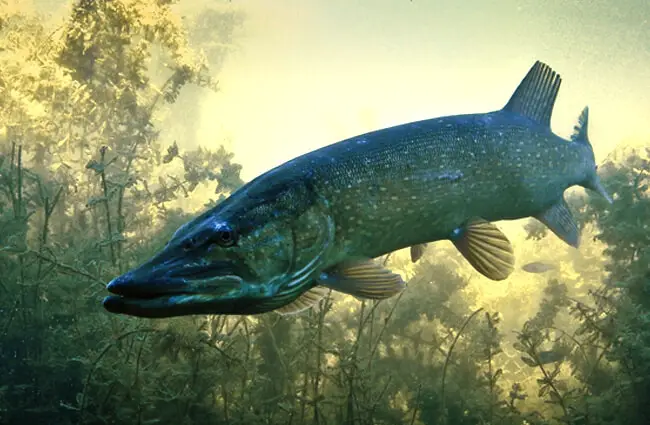
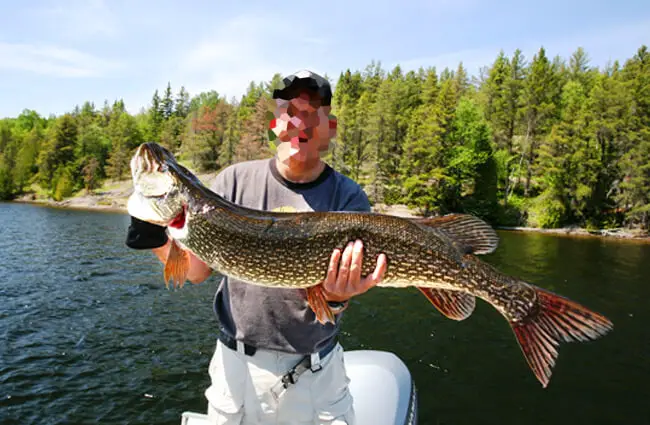

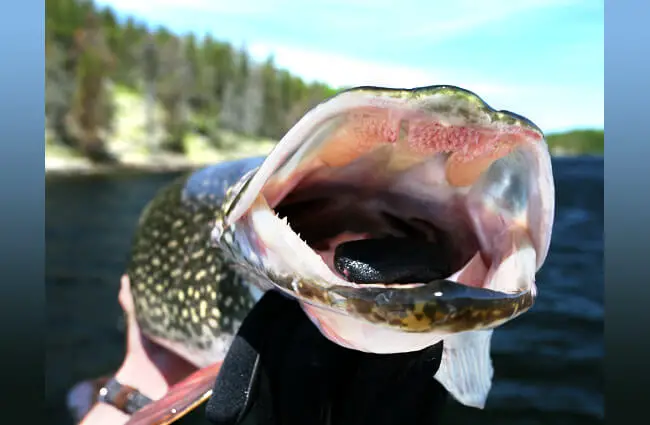
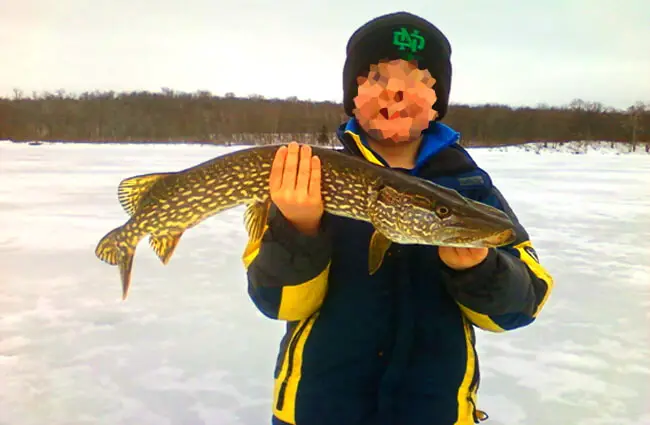

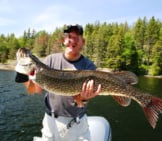
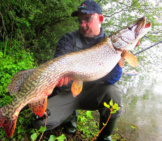
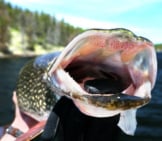

![Red Angus Closeup of a beautiful Red Angus cowPhoto by: U.S. Department of Agriculture [pubic domain]https://creativecommons.org/licenses/by/2.0/](https://animals.net/wp-content/uploads/2020/03/Red-Angus-4-238x178.jpg)












![Red Angus Closeup of a beautiful Red Angus cowPhoto by: U.S. Department of Agriculture [pubic domain]https://creativecommons.org/licenses/by/2.0/](https://animals.net/wp-content/uploads/2020/03/Red-Angus-4-100x75.jpg)

